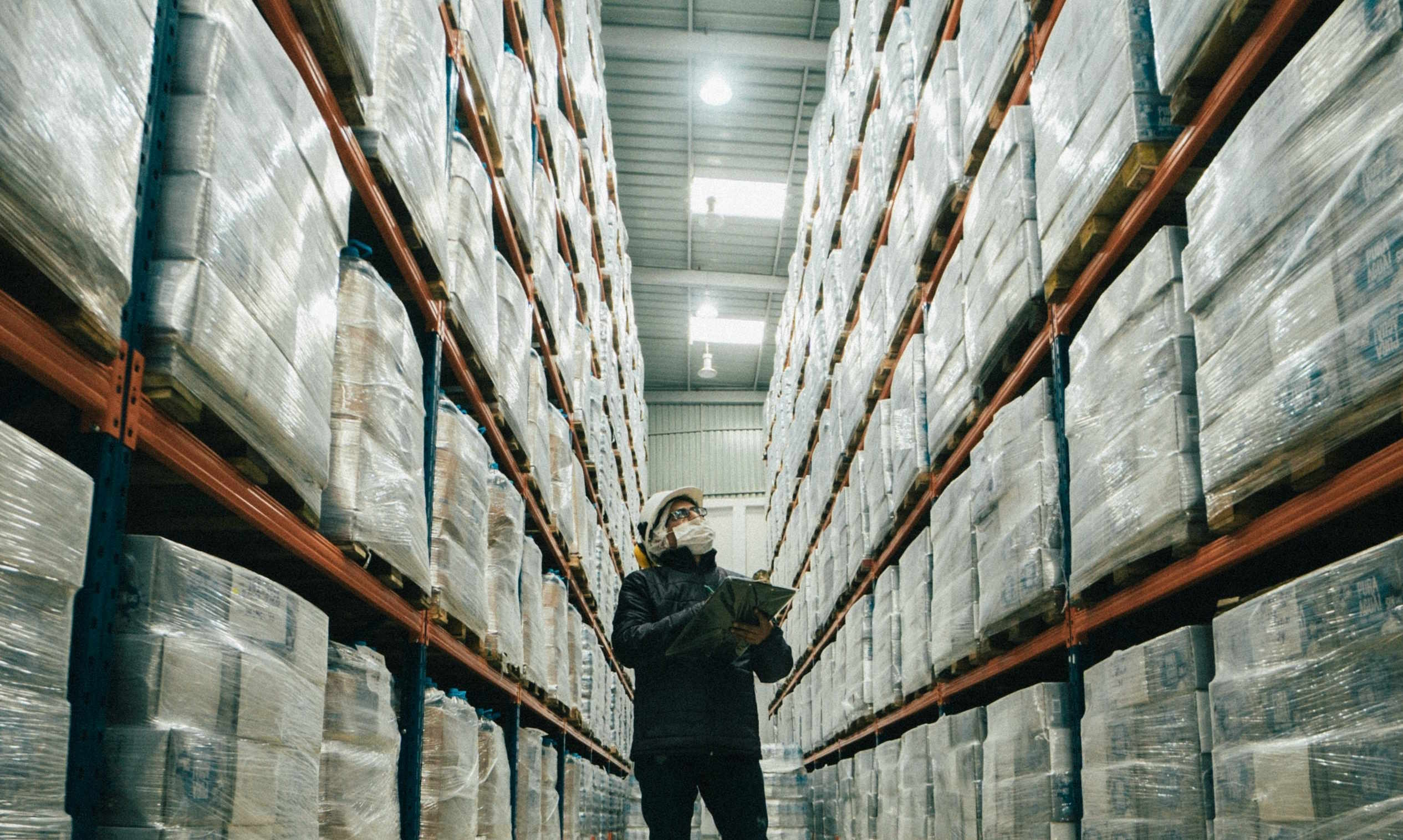Packing Jobs: Duties, Skills, and Career Growth
Packing jobs play a central role in supply chains by preparing products for shipment safely, accurately, and on time. From e-commerce fulfillment centers to food processing plants and manufacturing lines, packers help goods move reliably from factories to customers. This article explains what these roles involve, the skills and tools used, typical work environments, and how people build careers in this field. It provides general information and does not list active job openings.

What do packing jobs involve?
Packing roles focus on getting products ready to ship or store. Tasks often include inspecting items for defects, counting units, selecting correct packaging materials, labeling boxes, sealing cartons, and stacking finished packages on pallets. In many facilities, packers also use barcode scanners and follow pick lists so orders match what customers expect. Accuracy, speed, and consistency matter because errors can lead to returns, delays, or damage. Some positions are specialized—such as fragile item packing or cold-chain packaging—while others are broader, rotating across picking, packing, and shipping stations based on daily volume.
Skills and tools for packers
Success in packing jobs depends on attention to detail, basic math, and the ability to follow standardized work instructions. Good hand–eye coordination helps with precise wrapping, labeling, and sealing. Physical requirements can include standing for long periods, repetitive motions, and lifting within defined weight limits; employers typically specify these requirements in job descriptions. Common tools include tape dispensers, handheld scanners, box cutters, pallet jacks, and carton sealers. In some operations, automated conveyors, print-and-apply labelers, or semi-automatic case erectors are used, so familiarity with basic machinery is helpful. Soft skills—reliability, punctuality, and clear communication—support smooth teamwork across shifts.
Work settings, schedules, and conditions
Packers work across industries, including retail logistics, third-party fulfillment, pharmaceuticals, food and beverage, and electronics. The environment is usually fast-paced and deadline-driven, especially during seasonal peaks. Schedules can vary: some roles are daytime only, while others operate evenings, nights, or rotating shifts to support 24/7 operations. Temperature conditions depend on the product—ambient warehouses differ greatly from refrigerated or frozen facilities. Employers typically provide safety orientations covering personal protective equipment (PPE), ergonomic techniques, and how to use tools safely. Ear protection may be required in louder areas, and gloves or hairnets may be used in food-related facilities to meet hygiene standards.
Safety, quality, and sustainability
Safety and quality are defining parts of packing. Standard operating procedures (SOPs) guide how items are handled, how cartons are sealed, and how labels are applied to avoid shipping errors. Many workplaces use quality checks—spot counts, scan verifications, or weight checks—to ensure orders are fulfilled correctly. Sustainability is increasingly important: facilities may encourage right-sizing cartons, using recyclable materials, or minimizing void fill to reduce waste and shipping emissions. Reusable totes and returnable packaging systems are becoming more common for business-to-business shipments. Understanding these practices helps packers contribute to lower costs, fewer damages, and better customer satisfaction while supporting environmental goals.
What does bulk_create_keyword mean?
If you see the term bulk_create_keyword connected to packing job content, it is usually a placeholder tag used in content management or SEO templates rather than a real industry term. Some websites generate pages in bulk and insert placeholders to be replaced with meaningful keywords later. When not updated, these tags can appear in headings or text and cause confusion. In the context of packing jobs, readers should interpret bulk_create_keyword as an editorial or SEO artifact—not a skill requirement or job title. Clear, accurate labeling in job materials matters, so reputable postings and articles should avoid leaving placeholder terms in final content. If a page includes such placeholders, consider verifying details on the company’s official site or recognized job boards before relying on the information.
Career growth and training options
Packing roles can provide a solid entry point into the wider logistics and manufacturing ecosystem. With experience, individuals may progress into roles such as lead packer, inventory control associate, quality assurance technician, or shipping and receiving coordinator. Additional training—such as forklift certification, familiarity with warehouse management systems (WMS), or coursework in supply chain fundamentals—can open doors to supervisory positions or cross-functional roles in procurement, planning, or continuous improvement. Many organizations value internal mobility, and consistent performance, safety awareness, and a track record of accuracy are common foundations for advancement. Because each company structures responsibilities differently, reviewing official job descriptions is the best way to understand expectations and potential pathways.
Conclusion
Packing jobs keep goods moving reliably from production to delivery by combining precision, safety, and teamwork. The work ranges from manual tasks to tech-enabled workflows, and it can lead to broader careers in logistics and operations. When researching opportunities, focus on accurate descriptions, confirmed requirements, and trustworthy sources—and treat placeholder terms like bulk_create_keyword as signs that a page may need further verification.






